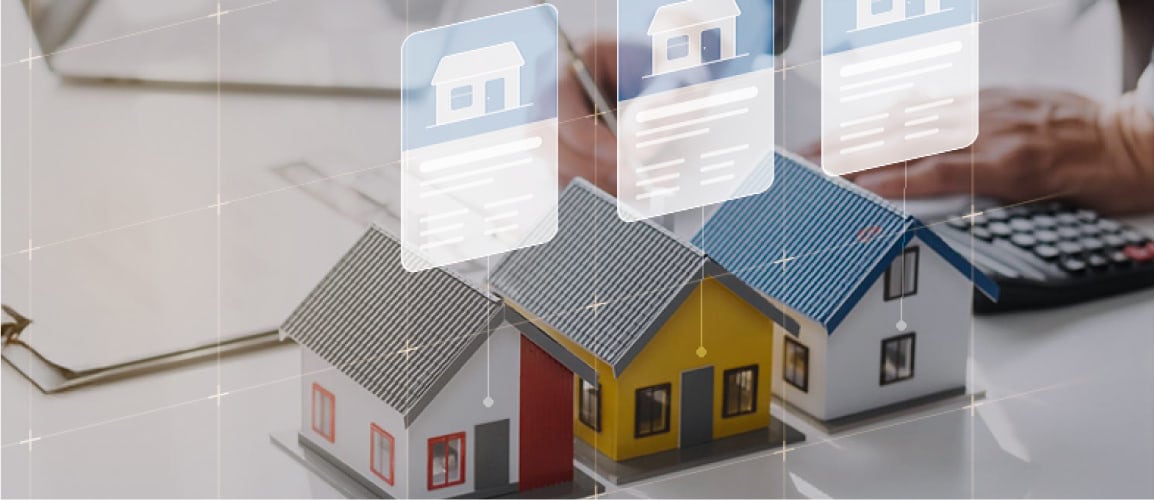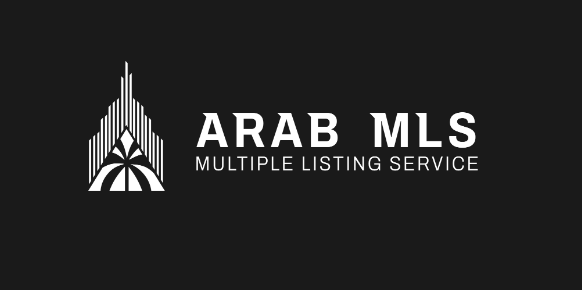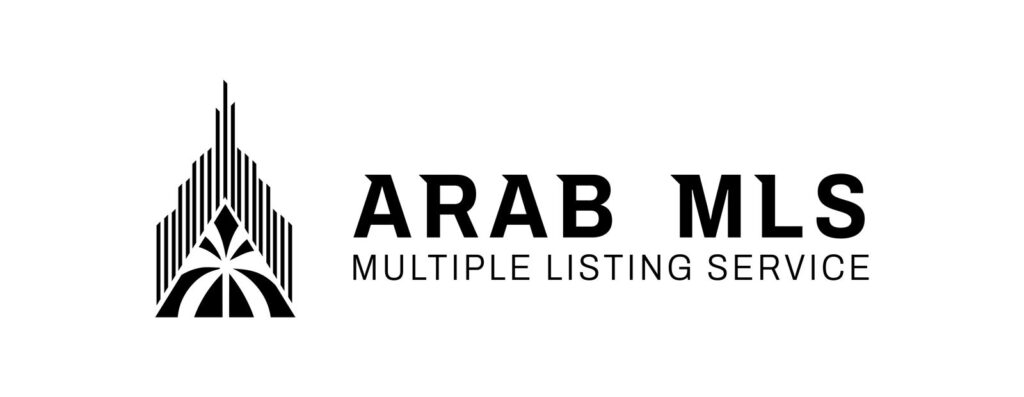In the dynamic and fast-paced world of real estate, staying informed is not just beneficial—it is essential. The real estate market is influenced by an array of factors, ranging from economic trends and government policies to shifting consumer behaviors and regional developments. For realtors, investors, and industry enthusiasts, timely, accurate, and relevant information can make the difference between a profitable decision and a costly oversight. One increasingly popular avenue for delivering this vital intelligence is the subscription-based newsletter, tailored specifically to deliver market insights directly to an engaged audience.
The Evolution of Real Estate Communication
Historically, real estate professionals have relied on traditional methods for communication and marketing, including print media, direct mail, phone calls, and face-to-face interactions. However, the digital transformation over the past two decades has revolutionized how information is consumed and shared. Through emails, webinars, blogs, and social media channels, professionals can reach broader audiences more quickly and efficiently.
Yet among these digital tools, subscription-based newsletters stand out as a particularly effective method for cultivating a dedicated readership that expects and values consistent, high-quality content. Unlike social media posts or one-off blog entries, a newsletter fosters a sense of community and trust, establishing the sender as a go-to authority in the field.

Why a Subscription-Based Newsletter?
The subscription model offers numerous advantages for those within the real estate sector. By encouraging readers to opt in, it ensures the audience is self-selected and therefore inherently more interested and engaged. This leads to higher open rates and interaction, as subscribers anticipate the delivery of insights that help inform their decisions.
Moreover, newsletters allow for the regular dissemination of curated information. Unlike newsfeeds that can be overwhelming and fragmented, a well-crafted newsletter can synthesize market data, highlight emerging trends, and provide expert commentary—all in one concise and accessible format. This saves readers time and effort, presenting complex realities in a digestible manner.
From a business perspective, this approach can generate recurring revenue if the newsletter is monetized through paid subscriptions. Offering exclusive content not available elsewhere adds tangible value and incentivizes subscribers to maintain their membership. In addition, such newsletters can become platforms for collaboration and partnerships with other real estate service providers, augmenting income streams while bolstering market credibility.
Crafting Content That Resonates
To succeed, a market-insight newsletter must do more than report raw numbers or regurgitate generic information commonly available online. It demands a thoughtful editorial strategy that combines accuracy, relevance, and originality. Drawing on the experiences and knowledge inherent in a realtor’s background can imbue the content with authenticity and practical wisdom.
Readers gravitate towards stories that connect data points to real-world implications. For example, rather than merely stating that mortgage rates have risen by a certain percentage, a newsletter might explore how this shift affects buyers’ purchasing power or the pace of home sales in specific neighborhoods. Profiles of up-and-coming districts, analyses of demographic changes, and explanations of policy impacts also capture attention.
Clarity is paramount. Complex jargon and industry-specific terminology should be balanced with straightforward language, ensuring readers of varying expertise can gain insight without feeling alienated. Engaging storytelling techniques—such as case studies, interviews with industry insiders, and questions that prompt reflection—can help transform dry statistics into compelling narratives.
Building and Maintaining Subscriber Relationships
Establishing a loyal subscriber base takes deliberate effort. Initial outreach might involve leveraging existing client lists, social media followers, or networking events to invite sign-ups. Providing a sneak peek of newsletter content or sharing testimonials can persuade prospects of its value.
Consistency in delivery is another key element. Subscribers expect regular updates, whether weekly, biweekly, or monthly. Breaking this rhythm can diminish trust and reduce engagement. It is equally important to solicit feedback, allowing readers to voice preferences or requests for particular topics. This dialogue anchors the newsletter in real audience needs rather than purely editorial inclinations.
Careful attention to formatting and design enhances readability and fosters brand recognition. A professional, clean layout that adapts easily to mobile devices is crucial since many users access emails on smartphones and tablets. Incorporating visuals such as charts, maps, or photographs supports comprehension and breaks up text-heavy sections.
Leveraging Technology and Analytics
Behind the scenes, technology plays an essential role in facilitating newsletter success. Email marketing platforms enable automated campaigns, segmentation of subscriber lists based on interests or geography, and personalized messaging. These features can heighten relevance and responsiveness, making each issue feel tailor-made.
Furthermore, analytical tools provide valuable insights into subscriber behaviors. Open rates, click-through ratios, and bounce statistics inform ongoing improvements and allow for data-driven decisions. For example, if a certain topic consistently performs well, future editions can expand on that subject. Conversely, low engagement signals a need to rethink content or presentation.
Integrating social sharing buttons or links to supplementary resources creates avenues for further interaction, extending reach beyond the existing subscriber base. Encouraging subscribers to forward the newsletter to colleagues or friends can organically grow the community.
Challenges and Considerations
While subscription-based newsletters offer numerous benefits, they also present challenges that must be navigated carefully. Maintaining originality requires constant research and effort, especially in a landscape crowded with market reports and analysis sources. Avoiding repetitive themes and stale content demands creativity and a finger on the pulse of real estate developments.
Another consideration is privacy and legal compliance. Collecting and managing subscriber data must adhere to regulations such as the GDPR or CAN-SPAM Act, protecting users’ rights and maintaining trust.
Paid subscription models also necessitate a clear demonstration of value. Content must justify the cost, or readers may be reluctant to commit. Offering tiered access, free trials, or sample issues can help lower barriers initially.

The Future Outlook
As real estate markets grow ever more interconnected and competitive, the demand for dependable, insightful information will only intensify. Subscription-based newsletters, expertly produced, will continue to serve as vital tools for professionals seeking to navigate complexity with confidence.
Relying on a fusion of data analytics, human expertise, and narrative skill, these newsletters can evolve from simple email updates into comprehensive knowledge hubs. Alongside the expanding use of AI and machine learning insights, future editions might incorporate predictive analytics, interactive dashboards, or multimedia elements to deepen understanding.
For real estate professionals, embracing this communication form offers not just a marketing edge but an opportunity to foster a community that values informed decision-making. Through compelling, reliable content delivered regularly, subscription newsletters can transform market insights from abstract concepts into actionable intelligence.
Conclusion
Developing a subscription-based newsletter focused on real estate market insights represents a powerful strategy for professionals seeking to inform, engage, and grow their audiences. By delivering thoughtfully curated content that demystifies market fluctuations and highlights emerging opportunities, such newsletters effectively bridge information gaps. Combining clarity and expertise with smart technology and attentive reader relations paves the way for sustained success. In an industry where knowledge equates to competitive advantage, subscription newsletters serve as indispensable tools, empowering readers to make sound decisions in an ever-evolving marketplace.
Frequently Asked Questions
-
What is a subscription-based newsletter in real estate?
A subscription-based newsletter is a regularly delivered email that provides subscribers with curated real estate market insights, trends, and expert analysis tailored to their interests. -
How often are these newsletters typically sent?
The frequency varies but common schedules include weekly, biweekly, or monthly deliveries, allowing subscribers consistent updates without overwhelming their inboxes. -
Who can benefit from subscribing to a real estate market newsletter?
Real estate agents, investors, homebuyers, and industry enthusiasts all gain value from timely market data and analysis to make better-informed decisions. -
Is the content behind a paywall or free?
Some newsletters offer free basic versions with limited content, while premium subscriptions unlock exclusive, in-depth analysis and reports. -
How is the content in these newsletters created?
Content is developed by drawing on market data, local knowledge, economic indicators, expert commentary, and sometimes interviews with industry professionals. -
Can I customize the topics I receive in the newsletter?
Many subscription services allow customization by region, property type, or specific topics, ensuring relevance based on subscriber preferences. -
How secure is my personal information when subscribing?
Reputable newsletter providers comply with privacy laws like GDPR and CAN-SPAM, using secure systems to protect subscriber data. -
What sets a subscription newsletter apart from general real estate blogs or social media?
Subscription newsletters provide curated, consistent, and in-depth insights delivered directly to subscribers, fostering trust and focused engagement unlike the broad and often inconsistent content elsewhere.













